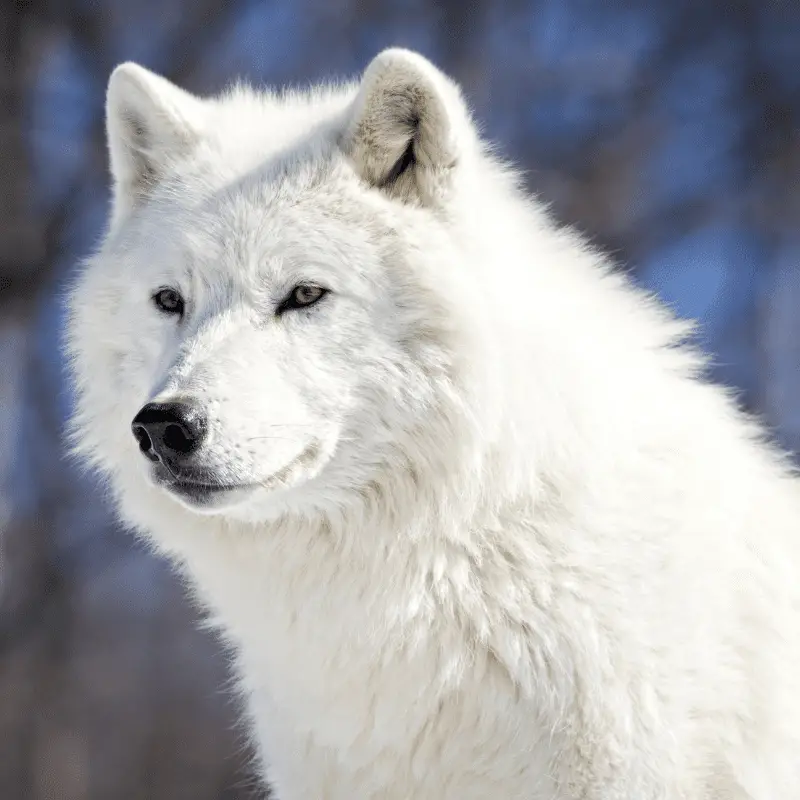The bond between the dogs and humans started forming since they understood that humans would keep feeding them if they stick around. Since that day in the ancient world, the friendship of dogs and humans have only strengthened.
Over time, the dogs have started fulfilling an array of different roles. Along with being the trusted companion, the dogs became a helper, a lifesaver, protector and love incarnate.
Understanding this strange and deep bond that humans share with dogs is not that easy. For that, you have to delve into the history of different dog breeds across the world. In this article, we will be concentrating on the history of the Pomeranian dog breed. Keep on reading to know more about the journey these little furry dogs have taken along with their human companions.
Identifying a Pomeranian
Often known as Poms, the Pomeranians are one of the most iconic dog breeds of the world. This spitz-type breed was named after the Pomerania region of North-West Poland and North-East Germany in Central Europe.
These small dogs are a well-known toy breed that has received the attention of the royals and the common people alike. The sturdy physique, well-textured coat, and densely plumed tail are the most iconic features of the breed. The ruff of fur in the neck region is yet another significant feature of this dog breed.
History

It might seem unbelievable today, but the history of the Pomeranian dogs is related to the big burly Arctic work dogs that are often found in the Pomeranian region. Descended from the Spitz breed of the Arctic region, the purpose of the ancestors of today’s Poms was to help in herding and hunting and protecting their human companions.
The owners of the ancestors of modern Pomeranians used to take them for seal hunting as well. The dogs used to watch over their masters and alert them if anyone or anything tries to steal their belongings or approach them in any way.

Even though it is hard to imagine the link between the toy-sized Poms with the Arctic wolf spitz, the genetic tests proved to be the truth. Other than the generic similarities, some of the physical features, like the sharp ears, helps us to relate the sweet poms with the giant dogs.
It is considered that at some point, the Pomeranians were transported from this region to Europe. Pomerania, a place near the Baltic Sea region, is the source of the breed name Pomeranian.
The canine historians also think that this is where the dogs were first downsized about 30-40 lbs. Even though the history of the Pomeranian is long, there is no reliable documentation for most of it. The documentation about this dog breed started once it reached the United Kingdom.
1700-1778
The famous Swedish naturalist Carolus Linnaeus spent a significant time classifying the dogs of this time. He is probably the first person that mentioned the breed Canis Pomeranus. He also stated that there is plenty of evidence that these dogs are well known in Northern and Central Europe.
1764
The canine historians point out that the earliest documentation about the Pomeranian dogs was a diary entry. In 1764, an English writer James Boswell first wrote about Pomer of Pomeranian breed in his diary. It is also the first reference to these dog breeds in English Literature.
1767
The royal family of England played a considerable role in the history of the Pomeranian. Queen Charlotte started the evolution of the breed when she brought her pet Pomeranians to England after marrying King George III.
As queen Charlotte bought the dogs from the Pomerania region, she named them Pomeranians. Named Mercury and Phebe, these dogs were portrayed in the paintings of Sir Thomas Gainsborough.
Even though the portrayed dogs were larger in size compared to modern Poms, they share some of the traits of the Pomeranians of today. Some of those traits were a heavy coat, curled tail over the back, and pointy ears.
1769
Another mention of the Pomeranians is found in the book ‘A Tour in Scotland’ by Thomas Pennants. In there, Thomas wrote about an animal merchant who bred offspring of a wolf-breed and Pomeranians.
1791
A portray of the black and white Pomeranian of Prince of Wales was painted this year. The name of the dog was Fino.
The 1800s
While Queen Charlotte brought the Pomeranians to England, she never encouraged the breeding of the dogs. However, her granddaughter, Queen Victoria, had fallen head-over-the-heels in love with the Pomeranian breed and became the influencer who changed the history of the Pomeranian dogs.
Being in love with the breed, she established a huge breeding kennel for the dogs. One of her most favourite dogs was a small red sable Pomeranian, which was named Windsor Marco.
As she particularly favoured the smaller Pomeranians, she worked hard to improve the breed and promote them. To do that, she imported several small-sized Pomeranians of different colours from various parts of Europe. At one point in time, the Queen owned as many as 35 Pomeranians in her kennel.
These imported dogs improved her breeding programs and helped to reduce the size of the breed successfully. In her lifetime, the size of this breed decreased by about 50%.
Other royalties of this time who were a fan of the Pomeranians were Joséphine de Beauharnais, Napoleon I of France, and King George IV of the UK.
1873
The Kennel Club of England was formed this year. The Spitz was one of the breeds that the club recognised. The poms shown during this time weighed about 18 lbs.
1888
A small Pomeranian named Marco was sent from Florence, Italy, to Queen Victoria. Marco became the favourite companion of the Queen. It is said that Marco only weighed 12 lbs. Later, Queen imported a 7.5 lbs white pom named Gena.
1891
In this year, Queen Victoria first exhibited her small pomeranian pet, Marco. After that, the smaller Pomeranians gained immediate popularity, and the breeders started selecting only the smaller-sized Pomeranians for breeding.
It is also the year when the first breed club started in England. However, the breeding standards of the Pomeranians were penned down shortly after that.
1892
The first recorded exhibition of the Pomeranians in the United States was conducted in 1892. However, at this time, the poms were not recognised as a separate breed. They were shown under the miscellaneous class.
1898
The first Pomeranian was registered this year.
1900
This year, the American Kennel Club recognised the Pomeranian breed. In the same year, and the American Pomeranian Club was formed.
1909
The American Pomeranian Club became a member of the American Kennel Club and was recognised as the parent association of the breed.
1911
The American Pomeranian Club hosted the first speciality show of the pomeranian breed this year. About 262 Pomeranians registered to take part in the show.
1912
Two Pomeranians survived the tragic sinking of the RMS Titanic. One of the Pomeranians was named as Lady and owned by Margaret Hayes, escaped drowning. Another pomeranian of Elizabeth Barrett Rothschild also survived the incident.
1926
Glen Rose Flashaway, a pomeranian, won in the toy group Westminster Kennel Club dog show this year. This breed won a group at the Westminster show for the first time.
1988
In this year, another pomeranian, named Great Elms Prince Charming II, became the first to win the best in the show prize of the Westminster Kennel Club.
1998
In this year, the Pomeranian breed was included in the German Spitz standard. This year, the poms won the 10th position in the AKC’s most registered dog breed list.
Modern Times

The popularity of the Pomeranians has not shrunk that much in the USA for a long time. Since at least 1998, the dog breed has been consistently featured as one of the top 20 registered breeds of the American Kennel Club. In 2011, the Poms secured 17th position, which was a two-spot drop from the previous year’s ranking. The breed further slipped and was ranked 21 and 22 in 2016 and 2017, respectively.
While poms are quite popular dog breeds in the USA, their popularity has reduced quite a bit in the UK. The Poms did not make it to the top 20 breeds in the UK both in 2007 and 2008. The popularity of the poms has plummeted in Australia as well.
Conclusion
All in all, the popularity of the poms has suffered a slight dent in recent years. The main reason might be the temperament of these dogs. For the new dog parents, handling the poms could be a bit difficult. The lengthy house training time and the constant need to bark at everything can also be the reasons for the reduced popularity of these dogs. However, with a bit of time and patience, Pomeranians can be adequately trained.
Pomeranians are typically the best companions of elderly persons. As these dogs tend to nip and bite, the household with children should be a bit cautious about it. Proper socialising and training, however, can sort this issue out.
That being said, the history of the Pomeranian itself is proof of how invaluable the companionship of these toy dogs is. The innocent looks of these small fur balls are enough for anyone to love and cherish them. If you love the Poms with all your heart, they will also open their hearts for you.
